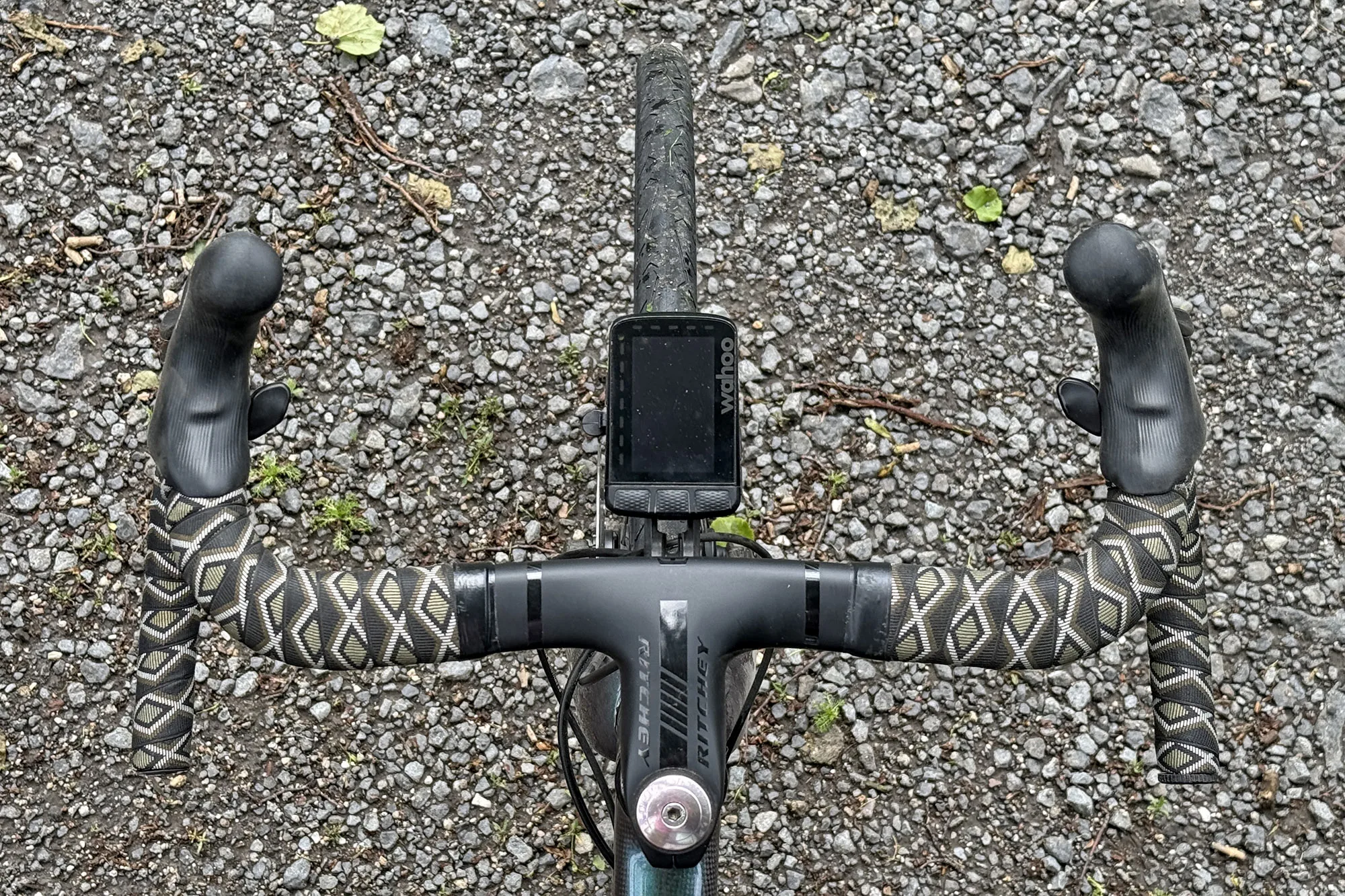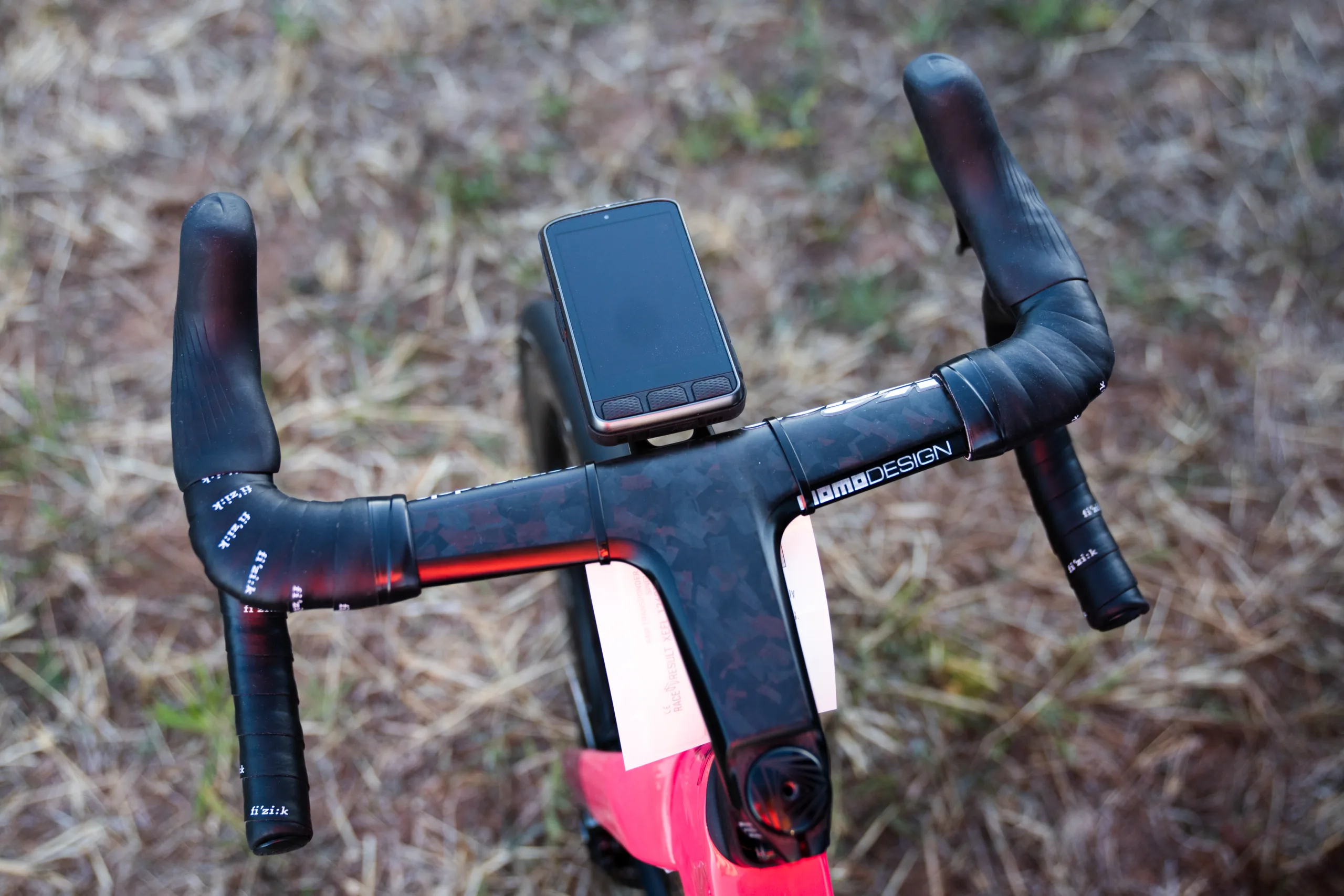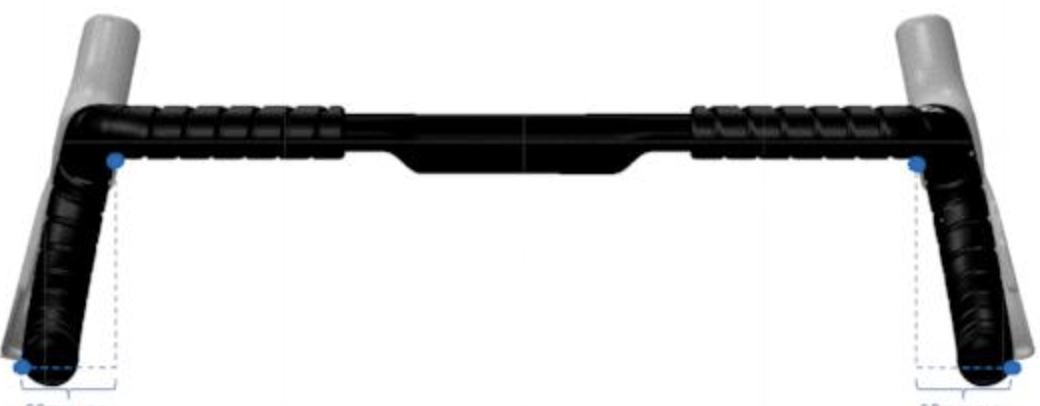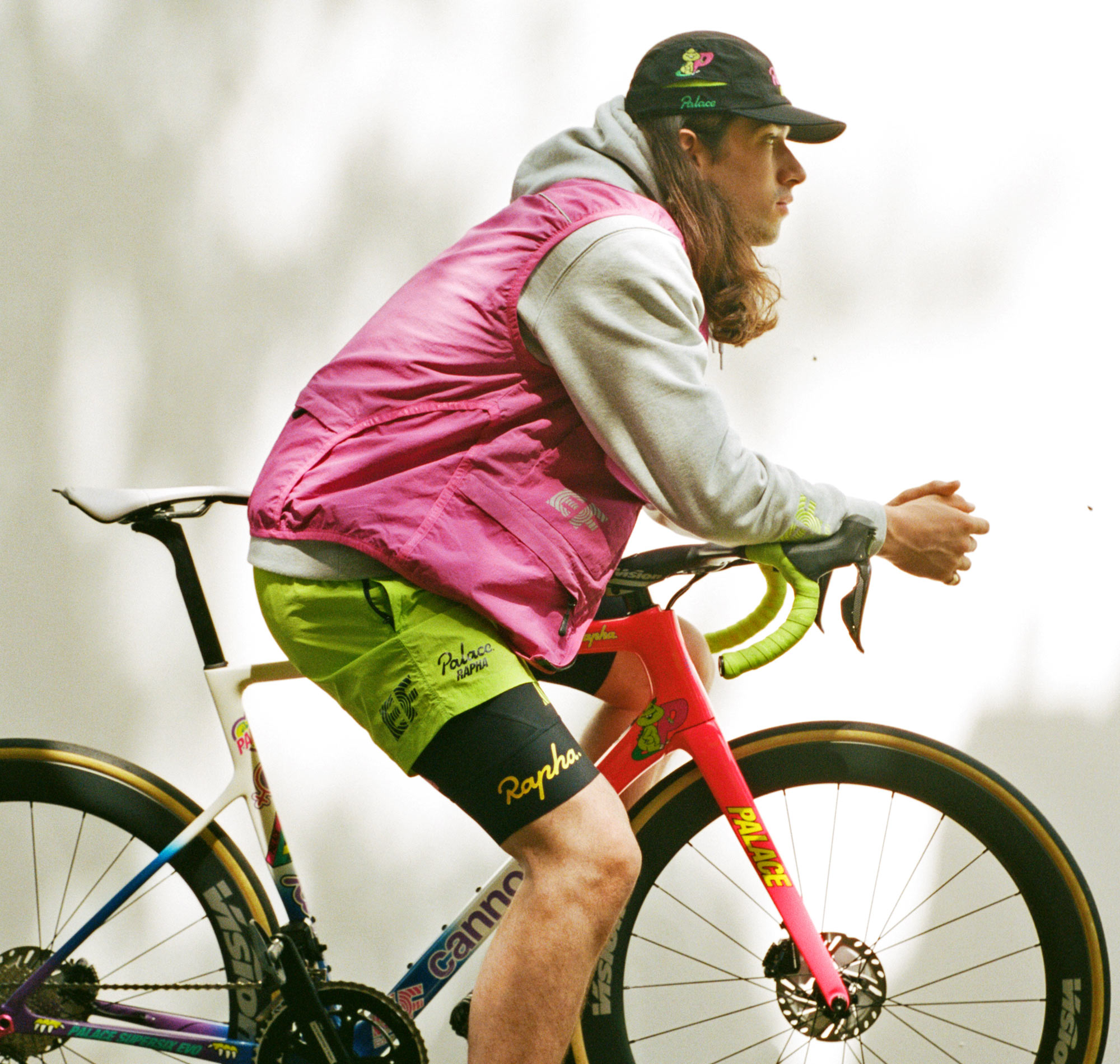If you thought the tech debates in cycling were slowing down, think again. The UCI now seems to be a regular part of our news cycle, and it’s not because everyone wants to brush up on the rules. The UCI Management Committee, meeting during the Road Worlds this week (see the full communication), approved a comprehensive set of equipment rules. The rules ranged from updating the highly unpopular minimum handlebar widths to helmet restrictions. All battles (the most popular, the battle with SRAM and the 10T cog) are already sparking backlash and industry debate. What was once a niche engineering footnote is now front-page politics.

Here are the updates from the latest meeting, and if you want to read the updates from the UCI in full, check out UCI.org (news page here) for every detail.

New UCI Racing Rules At a Glance
The changes approved include:
- Handlebar Widths: Starting 1 January 2026, bars in mass-start road and cyclocross must be at least 400 mm outside-to-outside, with a brake hood inner width limit reduced from the initially proposed 320 mm to 280 mm. Max flare allowed is 65 mm.
- Helmet Clampdown: The UCI is banning integrated or detachable visors, shells that obstruct the ears, and any aero helmet that strays too far from a defined “road race” profile—the stated goal is to establish a clear distinction between race helmets and TT shells, with more stringent ventilation standards.
- Other Tech Moves: Related regulations will address forearm support (re: the puppy paws ban), equipment cost caps (effective starting in 2027), and clarifications regarding minimum venting in race lids.
UCI justified these changes under the umbrella of safety measures aimed at containing race speeds, managing aerodynamic advantages, and reducing risks as courses become faster and more extreme.

UCI Tweaks After Pushback
When the original proposal for the handlebar width surfaced, backlash was swift. Critics—including the Cyclists’ Alliance and female pros—warned that it would harm riders with smaller frames, compromise comfort, and necessitate suboptimal setups. In response, the UCI softened the hood spacing limit (from 320 mm → 280 mm) while retaining the overall bar minimum.

Still, the UCI maintained that the overall 400 mm minimum is absolute, asserting that the changes must be phased in for safety consistency. They also committed to reevaluating the hood-spacing rule after stakeholder feedback in 2026.

Why This Matters
These rule changes might look like geometry tweaks, but their ripple effect is much more profound:
- Fit & comfort trade-offs: Riders with narrow builds or those who prefer compact, narrow setups may be forced into compromises they never wanted.
- Tech & innovation constraints: Manufacturers will need to rethink bar designs, flare, stem offsets, and compatibility.
- Equity concerns: The move risks disadvantaging women and smaller riders who may struggle to meet the new minimums without sacrificing ergonomics or safety.
- Safety vs aesthetics: The UCI claims safety is the priority, but as always, decisions around aero suppression or dimension limits will carry subjective taste, performance, and political overtones.
In plain terms: the UCI is re-centering control over ergonomics in racing, and the sport’s tech future just got narrower.

Wait it out?
These changes reveal the tension no governing body escapes: how far do rules go before they stifle innovation and rider choice? The updates are coming up faster than cyclocross season. The UCI is betting that regulation must rein in unchecked aerodynamic gains; the industry will now argue whether that control comes at too steep a cost. The narrow bar rule is one that most agree is a failure, especially for the ergonomics of smaller riders. We’re guessing (hoping) that this rule will remain to see updates as the 2026 calendar starts.
As 2026 looms, teams, brands, and riders must adapt fast. Will new bar shapes survive, or will we see lawsuits, waivers, or performance gaps? Only time will tell.
